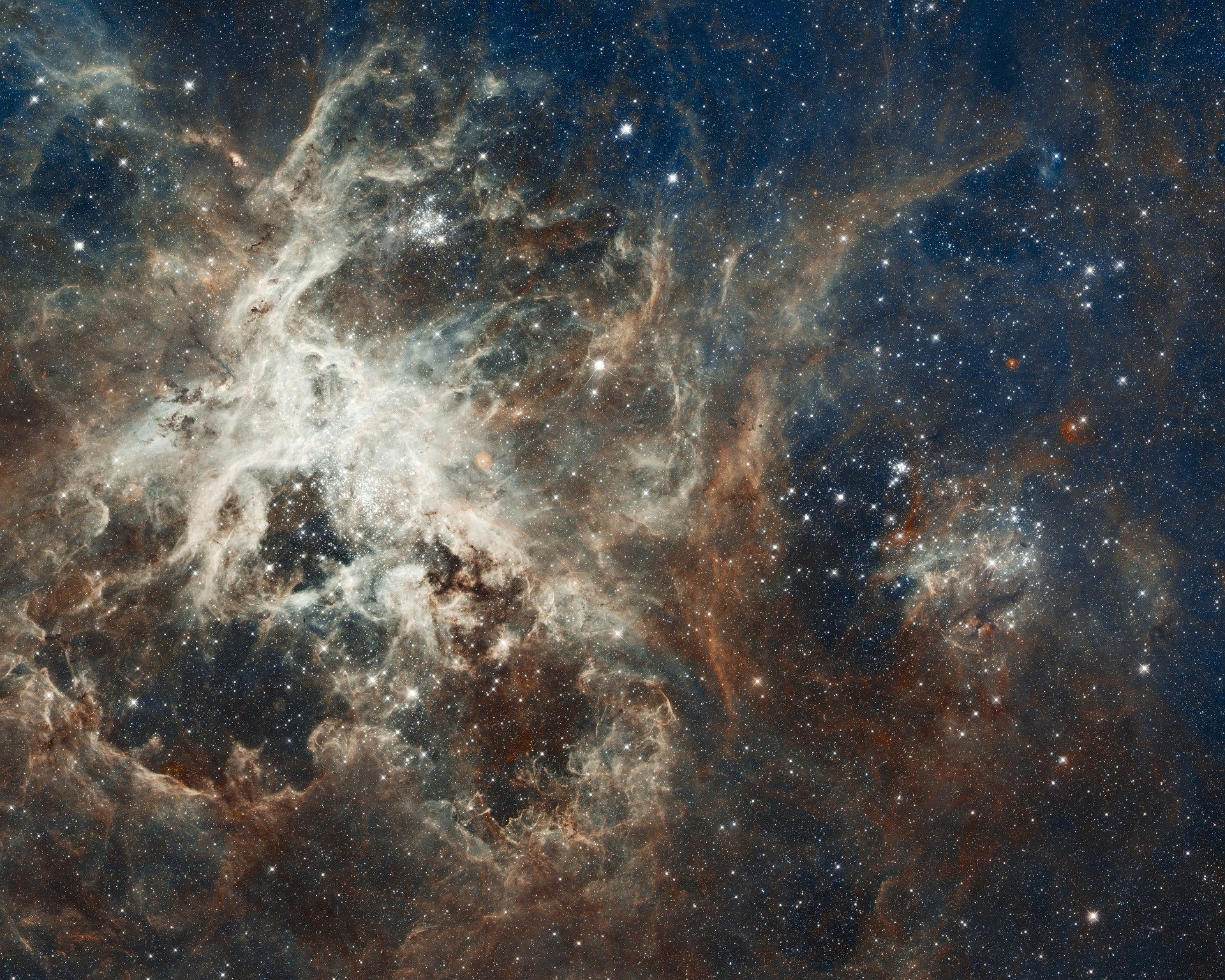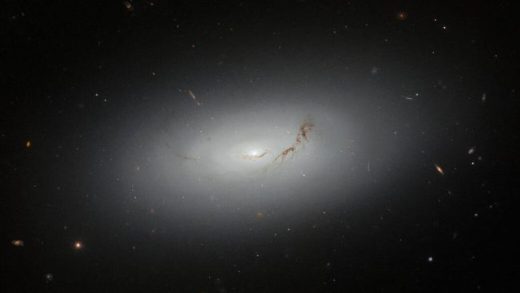Milky Way merging evidences found

A new study by a collaborative Asterochronometry project, funded by the European Research Council, shows that the researchers have recently traced the best pieces of evidence to the date which provides insights into the timing of how the early Milky Way was merged to take the present size. The research was published in the journal Nature Astronomy on 17 May 2021.
For the research, the researchers had used relatively new methods in astronomy to identify the most precise ages currently possible for a sample of about a hundred red giant stars in the galaxy.
Our Milky Way is supposed to have merged with an orbiting satellite galaxy known as Gaia-Enceladus about 10 billion years ago. Using the data that they have collected, researchers were able to show what was happening when the galaxies were merging.
The researchers said that their evidence suggested that when the merger had occurred, the Milky Way had already formed a large population of its own stars.
According to the research, many of those ‘homemade’ stars ended up in the thick disc in the middle of the galaxy, while most that were captured from Gaia-Enceladus are in the outer halo of the galaxy.
The researchers say the merging event with Gaia-Enceladus is one of the most important event in the Milky Way’s history as it had given the shape to the galaxy which we observe today.
The researchers, by calculating the age of the stars, were able to determine, for the first time, that the stars captured from Gaia-Enceladus have similar or slightly younger ages compared to the majority of stars that were born inside the Milky Way.
As a violent merger between two galaxies can’t help but shake things up, they say, results showed that the merger changed the orbits of the stars already in the galaxy, making them more eccentric.
By using different approaches and data sources to conduct the study, the researchers were able to find that the stars which were born outside the milky way had different chemical compositions from those born in the milky way.
Through the use of asteroseismology, a relatively new field that probes the internal structure of stars, the researchers were able to get such precise ages of the stars.
Researchers say asteroseismology includes studying oscillations in stars, which are sound waves that ripple through their interiors. They further add that that allows to get very precise ages for the stars, which are important in determining the chronology of when events happened in the early Milky Way.
Another method the researchers used in the was a spectroscopic survey, called APOGEE, which provides the chemical composition of stars. The chemical composition also helps to determining the ages of the stars.
As the researchers mention, this study is just the first step. Further they now intend to apply this approach to larger samples of stars, and to include even more subtle features of the frequency spectra.
They hope that it will eventually lead to a much sharper view of the Milky Way’s assembly history and evolution, creating a timeline of how our galaxy developed.


